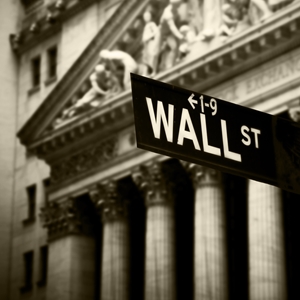
Why don’t U.S. businesses invest in intellectual property?
August 1, 2013 11:18 am Leave your thoughts
This week, the U.S. Bureau of Economic Analysis (BEA) officially overhauled how it measured the country's gross domestic product (GDP).
Specifically, the BEA will consider business investment—including those made in creative fields—as adding to GDP. Previously, such investments were simply considered expenses.
This means that popular television shows, summer blockbusters and New York Times bestsellers now add to GDP. The idea, the BEA claims, is to better reflect the realities of a post-industrial society.
However, as a recent article in Quartz pointed out, these calculations now reveal a problem with the U.S. economy: we don't actually invest all that much in intellectual property.
The news source found that intellectual property investment peaked at 4 percent of the economy in 2000, and has stayed below that number in the years since. Additionally, the article read, "investments in research, development, and other intellectual property has contributed less to U.S. economic growth over the last decade that it did in the eighties or nineties."
Analysts are unsure of what to make of this information. Some of it can be explained. The year 2000 was the peak of the tech bubble, which clearly resulted in high levels of investment. Likewise, the subsequent recession resulted in lower levels of investment, as expected. But in 2006—the peak of the housing bubble—investment was still down. It has remained at roughly the same level ever since.
One thing is certain: the business environment is still on shaky footing. That's why companies that do choose to invest need to work with a Phoenix business attorney to protect their intellectual property.
Categorised in: Intellectual Property Law
This post was written by




